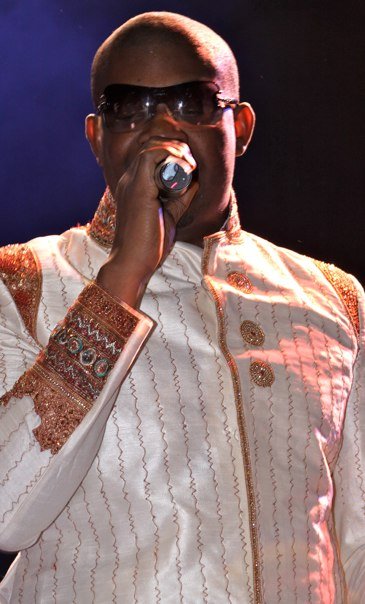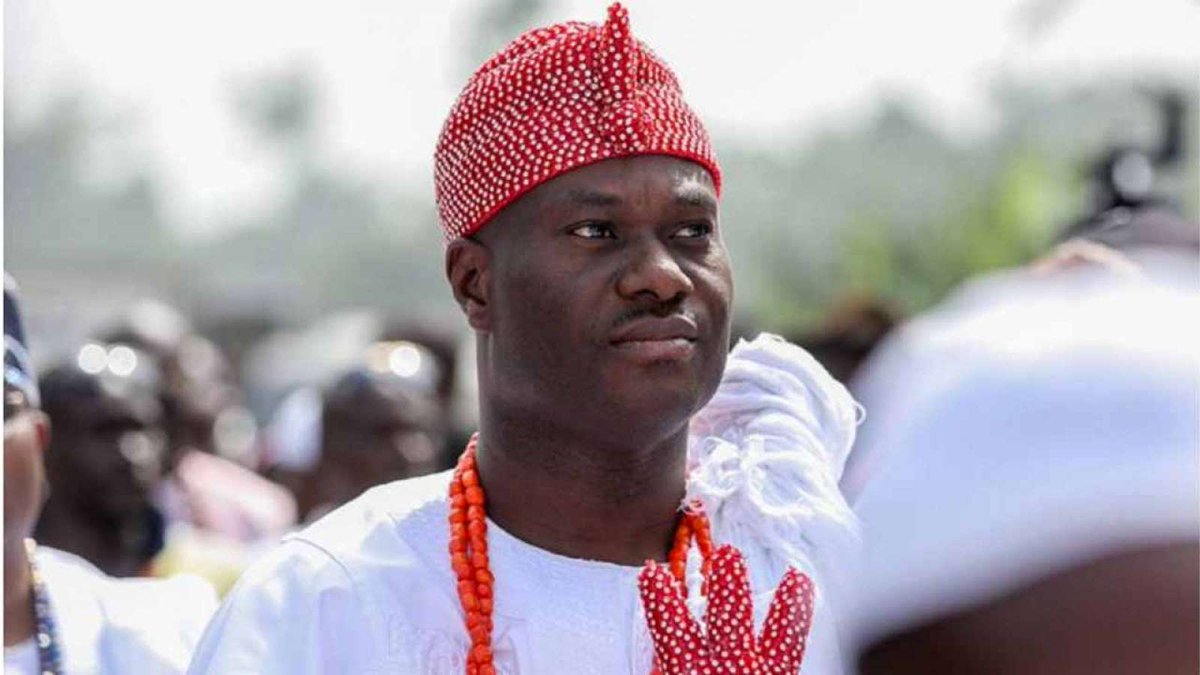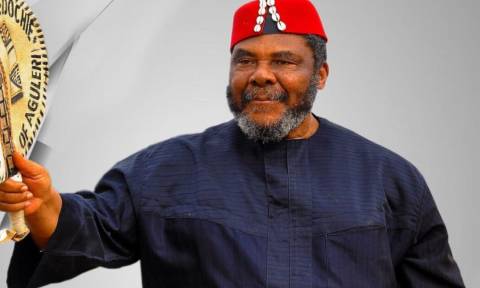
The yearly Osun Osogbo festival holds, weekend, raising hope for a culture-driven economy, reports HAMEED OYEGBADE, in Osogbo
The annual Osun Osogbo festival in Osun State, South West, Nigeria, was celebrated on Friday August 26, with its usual fanfare, the legal tussle among organising families over the Ataoja of Oshogbo throne, notwithstanding. The festival deeply rooted in culture and tradition and increasingly a cultural identity of all Yorubas in Nigeria and Diaspora, attracted people from all walks of life.
Historically traced to a river goddess reputed for facilitating and founding what is today known as Osogbo town, the Osun Osogbo festival dates back to more than 600 years ago. Usually celebrated August every year, the festival lasts for no fewer than two weeks. Coming after a week-long cleansing of the entire town or what is regarded in native parlance as the Iwopopo, and the lighting of the 500-year old sixteen pot lamps known as the Atupa Olojumerindilogun, Osun festival has proved an essential cultural link for most natives.
Fenced, the almost 70 acres covers the entire forest surroundings of the groove. Though a native town, Osogbo has since become one of the most visited cities, many thanks to the festival. Inside the groove, a footpath leads worshippers to the groove where there is an estimated 40 shrines all dedicated to Osun and other deities. That is not all. There are also other nine worship points surrounding the river. In Yoruba land, Osun signifies ‘water of life’ and has very strong spiritual attachments. In the groove, you find the god of prosperity, fertility, among other gods, and worshippers pay allegiance to them, dancing, drumming and praising their powers.
In the decades the festival has existed, Osun State (named after the deity) has grown phenomenally on account of this ancient site. Instructively, too, the creativity inspired by Osun goddess has earned the state prime position in arts and culture with indigenous and world renowned artists, artistes and arts scholars such as Moses Olaiya Adejumo, Duro Ladipo, Ojo Ladipo, Ola Omonitan, Oyin Adejobi, Gbenga Adeboye, Twin Seven-Seven, Jimoh Buraimoh, Susan Wenger, Ulli Beier and so on to boot.
A source of joy and spiritual renewal for thousands of foreigners and adherents from all over the world, its growing status has earned it a place in the global calendar of international festivals, including recognition as a UNESCO World Heritage site. Interestingly, it is not only on the culture of the land that the festival adds value to. Over the years, it has added economic value to the state as tourists from all parts of the world form part of its growing rank of visitors.
In an interview, the Director, Bureau of Communications and Strategy in the Office of the Governor of Osun State, Ogbeni Rauf Aregbesola, Mr. Semiu Okalawon told newsstar that the governor had directed a general facelift of the entire grove before proceeding to Saudi Arabia for the lesser hajj.
According to him, all the roads leading to the grove were rehabilitated to ensure free flow of traffic, just as enormous work was done in order to improve water supply during and after the festival in the state. “There were several efforts aimed at making the festival the huge success that it was, including the construction of a mini-road within the grove,” he said.
Speaking, the deputy governor Mrs. Titi Laoye Tomori, who represented the governor at the event, noted that the festival was an integral part of the state’s tourism development programme as, according to her, tourism remains one of the money spinning sectors in the state. “Tourism sustains the economies of countries such as France, Egypt, Greece, United States, Spain, Italy, Israel, Saudi Arabia and
Thailand, as well as other islands such as the Bahamas, Fiji, Maldives, Philippines and Seychelles. According to reports, the top 10 countries visited by tourists in 2010 were France, United States, China, Spain, Italy, United Kingdom, Turkey, Germany, Malaysia and Mexico with a total of $76.8 million, $59.7 million, $55.7, $52.7, $43.6 million, $28.1 million, $27.0 million, $26.9 million, $24.6 million and $22.4 million raked in as revenue, respectively.
“At this festival alone, no fewer than 5,000 foreign tourists were in attendance. Within the period, more than 800 jobs were created, including tour guides,” the deputy governor said.
Also speaking, the Minister of Tourism, Culture and National Orientation, Mr. Edem Duke, assured of the ministry’s preparedness to promote the Osun Osogbo festival, not only by preserving the site, but also in showing that culture is an enterprise. “We are going to start massive capacity building which will see us training at least 3,000 culture entrepreneurs,” the minister said, pointing out that the move would make the state a critical factor in culture and tourism development in the country.


















